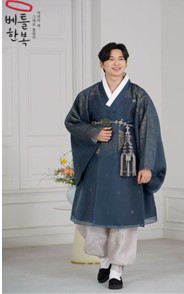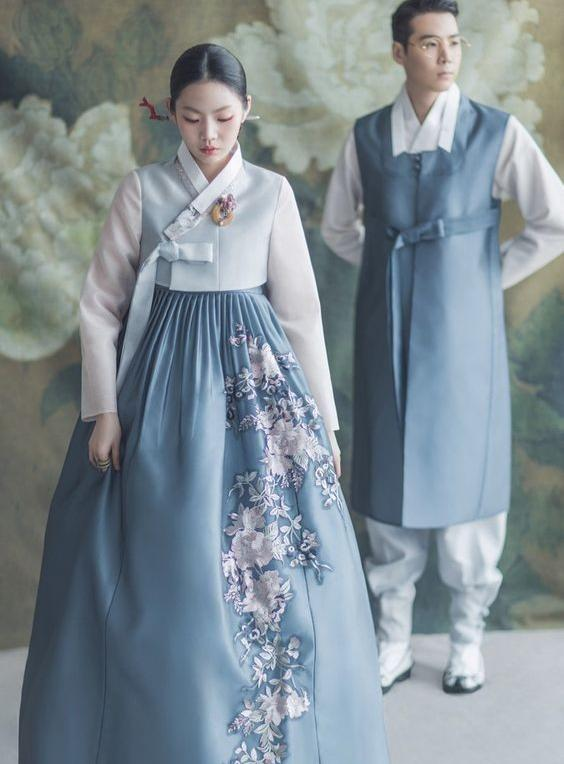WRITER – NGUVULU BEKIA MONGESE
Editor- ARPITA JENA
If you’ve ever seen a Korean historical drama or attended a Korean cultural event, chances are you’ve noticed the beautiful, flowing outfits worn by the characters or performers. That elegant and colorful clothing is called the Hanbok (한복) the traditional attire of Korea. But the hanbok is so much more than just a “costume.” It carries centuries of history, emotion, and cultural pride.
A Symbol of Beauty and Meaning
The hanbok dates back over 1,600 years. It was originally designed not just for beauty, but for comfort and movement. Korean people used to live very close to nature, and the hanbok’s wide sleeves and loose fit allowed them to move freely, whether working, walking, or celebrating.
The traditional hanbok has two main parts:
Jeogori (저고리) – the top jacket,
Chima (치마) for women – the long, high-waisted skirt,
Baji (바지) for men – roomy pants.
Each piece is carefully crafted, often in vibrant colors that hold symbolic meaning. For example, red represents good fortune, blue symbolizes hope, and white stands for purity. Even the way it’s tied and the accessories used can tell a story about your status, your age, or even your marital status.
More Than Fashion It’s Identity
Although people today wear modern clothes daily, hanbok is still proudly worn on special occasions like weddings, Korean New Year (Seollal), Chuseok, and first birthdays. And it’s not just about tradition wearing a hanbok today is also a way to express Korean identity and honor the beauty of the past.
Modern designers are now reimagining hanbok with fresh styles shorter lengths, new fabrics, even street fashion versions. But whether old or new, the hanbok keeps its soul: elegance, dignity, and connection to Korean roots.
In short, the hanbok is not just something you wear it’s something you feel. A graceful blend of art, culture, and history, still alive today.

Photo by Pinterest
Share it with your friends and family :

